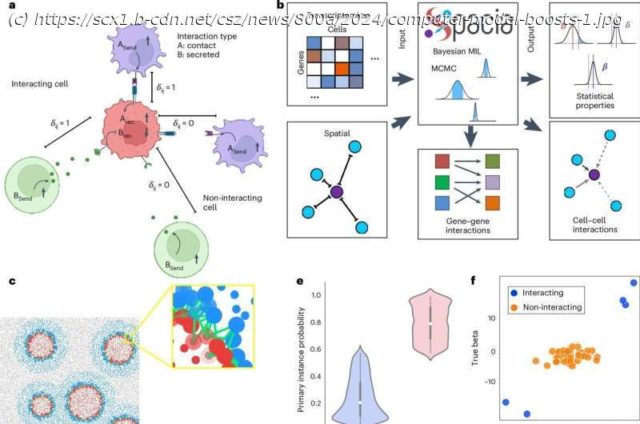A computer model developed by UT Southwestern Medical Center researchers significantly enhances the ability of scientists to detect communication between cells, according to a new study published in Nature Methods.
A computer model developed by UT Southwestern Medical Center researchers significantly enhances the ability of scientists to detect communication between cells, according to a new study published in Nature Methods.
The model, called Spacia, could help advance understanding of a wide range of diseases including cancers, autoimmune disorders, infectious diseases, and developmental abnormalities.
“Cell-to-cell communication (CCC) is incredibly important for all life forms. With Spacia, we are able to decipher it better than ever before”, said Tao Wang, Ph.D., Associate Professor in the Peter O’Donnell Jr. School of Public Health and in the Center for the Genetics of Host Defense at UT Southwestern. He is a member of the Population Science & Cancer Control Research Program in the Simmons Cancer Center.
Dr. Wang co-led the study with Yang Xie, Ph.D., Professor in the O’Donnell School of Public Health and the Lyda Hill Department of Bioinformatics and Associate Dean for Data Sciences at UT Southwestern Medical School. Drs. Wang and Xie are investigators in the Quantitative Biomedical Research Center in the O’Donnell School of Public Health.






